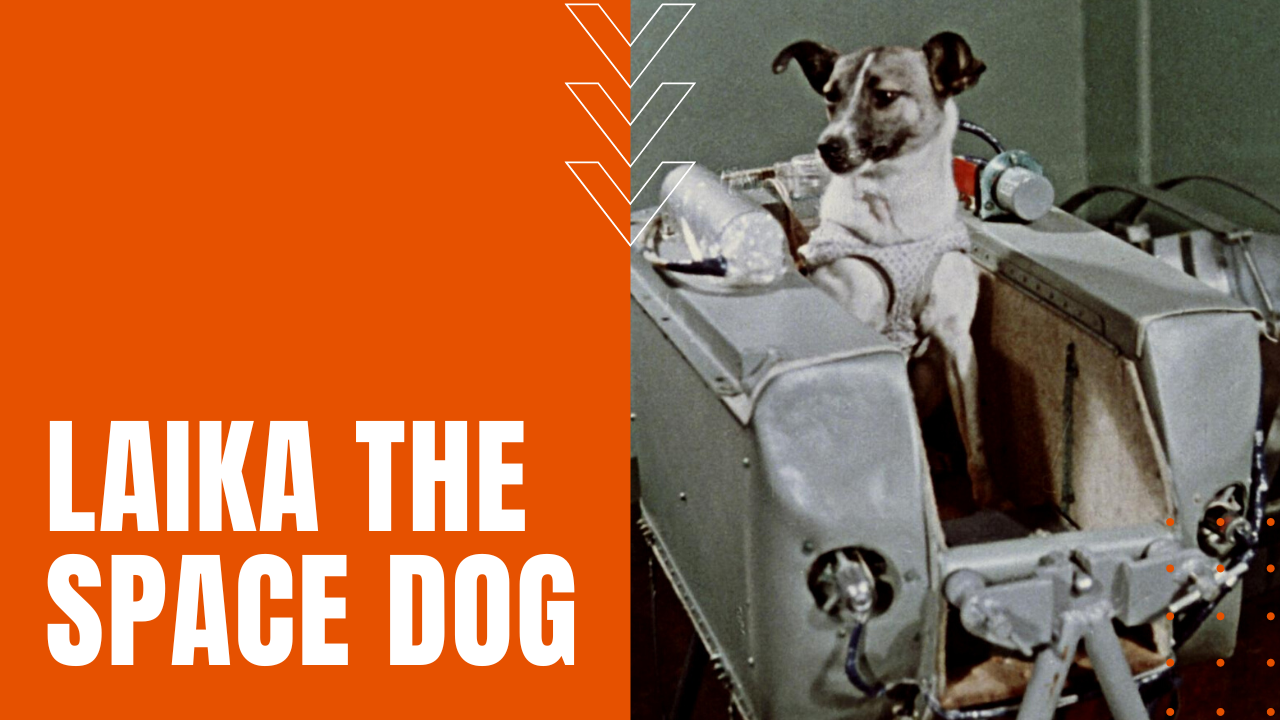Laika: The First Canine in Space

Laika the dog, the commander of Sputnik 2, grew up on the streets of Moscow, possessing little vision about being the first living creature in space. Chosen for her ability to withstand centrifugal g-forces and a superior aptitude for sitting, eating and going to the bathroom in a confined space, Laika would soon be the first living creature to be launched into space.
After the historic and quite polarizing launch of Sputnik 1, which instantly ignited the Cold War Space Race between the United States and the Soviet Union, Russian leader Nikita Khrushchev ordered a second triumphant space flight to celebrate the 40th anniversary of the Bolshevik Revolution.
Laika the Space Dog
Khrushchev’s order left Soviet scientists with less than a month to accomplish the feat. On November 3rd, 1957, Laika the dog would become the first living being ever to be launched into space. On launch day, telemetric sensors recorded a threefold increase in Laika’s heart rate, while the g-forces during liftoff caused the animal’s respiratory rate to increase fivefold. Once in space, Laika’s breathing and heart rate grew slower and deeper, despite the deteriorating conditions inside the tiny capsule.
How Did Laika Die?
While the Soviet space program learned much about mammalian physiology in space, Sputnik 2 was so hastily assembled that the program had no plan to safely return Laika to earth. By Laika’s second orbit, a gross miscalculation in thermodynamics caused the space capsule to become increasingly overheated. By the fourth orbit, some five hours into the flight, Laika’s telemetrics went silent, ending the life of the first living being in space.
Four years later, Yuri Gagarin accelerated the Soviet’s lead in the Space Race, when the cosmonaut orbited the earth for 108 minutes, before parachuting from his capsule after re-entry into the earth’s atmosphere.
